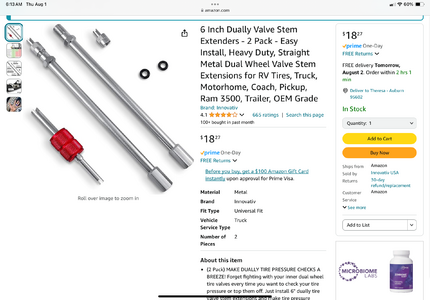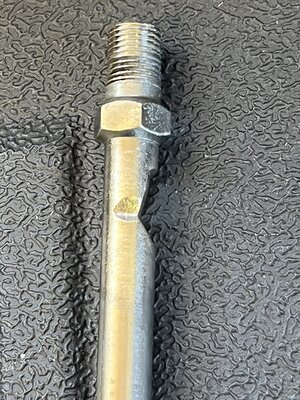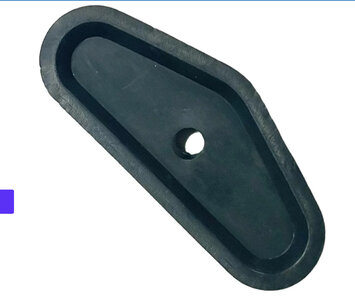sheridany
RVF Supporter
Follow along with the video below to see how to install our site as a web app on your home screen.
Note: This feature may not be available in some browsers.





With proper installation, the valve stem is 180degrees from the outside wheel stem and accessible just as easily as the outside rim from the side of the Rv. No reaching behind etc.I respect the opinion that extenders are not great but this is an older couple and being able to check their tire pressure and adjust is biggest reason to have them. They are not able to physically get on the ground and deal with a standard valve stem. So how do you check the inside drive tire in this scenario? I am imagining having to lay on the ground and go behind the tire?